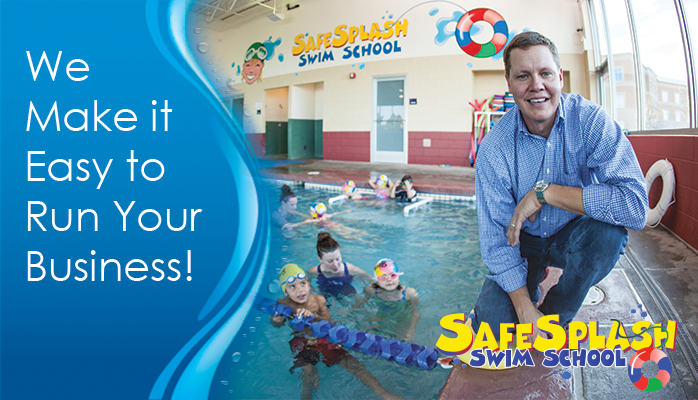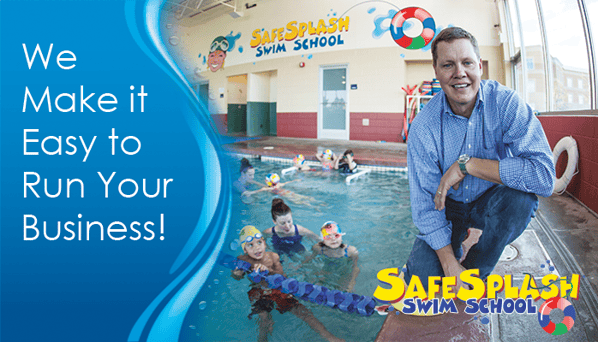

This story appears in the June 2016 issue of Entrepreneur Magazine
June 9, 2016 David Port
The more Matt Lane and Paul Gerrard mulled over how to reinvent the franchise business concept, the clearer it became to the two former HP execs that the systems that had seen success in the tech world could be applied to franchising. The duo launched SafeSplash Swim School in Colorado in 2005 but only started franchising it in 2014 after they proved to themselves that their business model could be replicated nationwide.
“We challenged ourselves to try to find analogies, ideas that work in other industries to bring into our model,” Lane says. The amalgamation gelled into a highly successful franchise model (ranked No. 54 on Entrepreneur’s 2016 list of fastest-growing franchises), with 86 U.S. locations, contracts to open another 59 and a deal with Sports World -- Mexico’s largest operator of fitness facilities -- to launch 40 schools south of the border starting this year.
The secret sauce? Retaining in-house control over key back-office functions and time sucks that many franchises typically -- and often, readily -- hand over to their franchisees. To wit: The founders built an online booking platform that all franchises use, along with a centralized reservation system that matches instructors with students based on their teaching and learning profiles, allowing students to stick with a favorite instructor as they advance through various levels at the school.
SafeSplash franchisees don’t fork over ongoing royalty payments; instead the home office charges them a 20 percent operating fee. In return, HQ handles all billing, customer service inquiries and complaints, national marketing, insurance and customer scheduling. Franchisees focus on building relationships with their customers, local marketing, staff management and training.
In addition, taking over the back end translates into a roughly 30 percent savings in operational costs for franchisees since they don’t need to develop these functions on their own. And for Safe-Splash, the larger the system grows, the more economies of scale come into play, further reducing costs. According to SafeSplash, a franchisee could theoretically establish his or her business, then step away and rely on HQ to do almost everything except teach the swim classes.
Cobranding is another unique feature of the SafeSplash model -- think Starbucks inside a grocery store. Most SafeSplash schools are housed at health and fitness clubs that already have a pool. During the gym’s slow periods (midmorning and midafternoon), SafeSplash brings in the kids for swimming lessons. “That means an operation can be set up quickly and in an extremely capital-efficient manner,” Lane says.
That proposition appears to appeal to franchisee prospects. “When we go head-to-head with our competitors for franchisee candidates, I can’t remember us ever losing a single one,” Lane says. “That tells us our model is working.”



